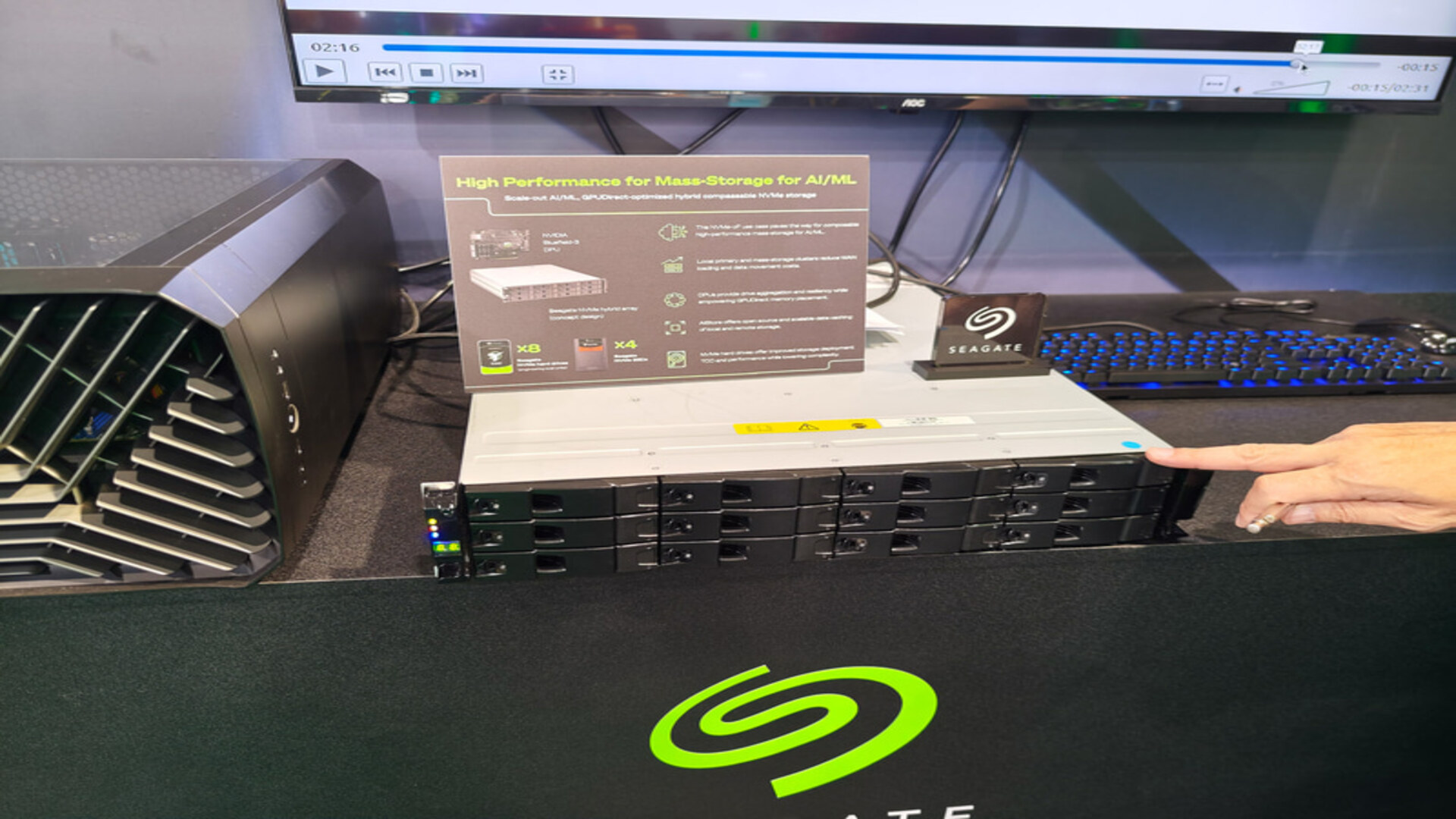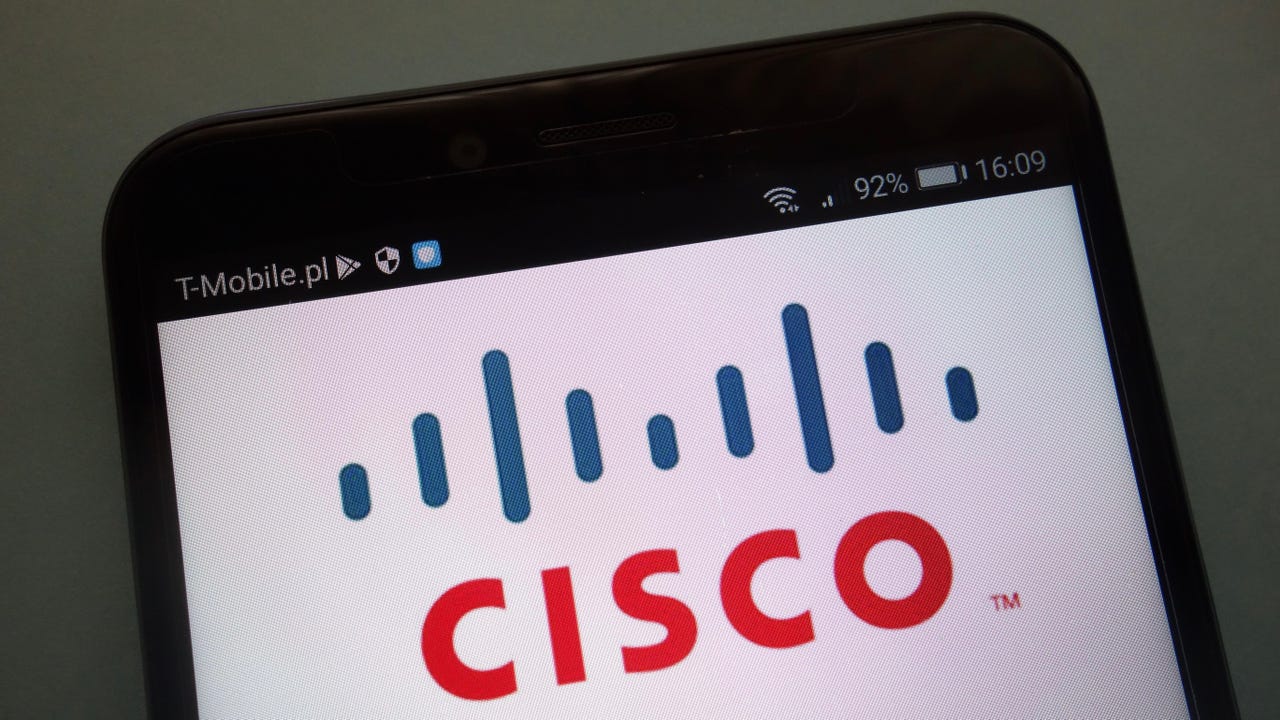Windows Authentication Coercion Attacks Pose Significant Threats to Enterprise Networks
Windows authentication coercion attacks continue to pose substantial risks to enterprise Active Directory environments in 2025, despite Microsoft’s ongoing efforts to implement protective measures. These sophisticated attacks allow threat actors with minimal privileges to gain administrative access to Windows workstations and servers, potentially compromising entire corporate networks within hours of initial infiltration. Attack Techniques Exploiting […] The post Windows Authentication Coercion Attacks Pose Significant Threats to Enterprise Networks appeared first on Cyber Security News.

Windows authentication coercion attacks continue to pose substantial risks to enterprise Active Directory environments in 2025, despite Microsoft’s ongoing efforts to implement protective measures.
These sophisticated attacks allow threat actors with minimal privileges to gain administrative access to Windows workstations and servers, potentially compromising entire corporate networks within hours of initial infiltration.
Attack Techniques Exploiting Core Windows Services
According to the RedTeam Pentesting blog report, authentication coercion leverages multiple Remote Procedure Call (RPC) interfaces to force Windows computers into authenticating with attacker-controlled systems.
The most prominent techniques include MS-RPRN (PrinterBug), MS-EFSR (PetitPotam), MS-DFSNM (DFS Coercion), and MS-WSP (WSP Coercion).
These methods exploit legitimate Windows services to coerce computer accounts into establishing connections that can be intercepted and relayed to high-value targets.
The MS-RPRN interface, originally designed for printer management, remains particularly dangerous as it’s available on most workstations and servers except Windows Server Core installations.
Recent modifications to popular attack tools like ntlmrelayx.py have adapted to Microsoft’s countermeasures, with researchers implementing RPC server capabilities to maintain attack effectiveness even when traditional SMB and HTTP vectors are blocked.
The MS-EFSR technique, while partially mitigated in Windows Server 2022 23H2 through on-demand service activation, can still be exploited through creative methods.
Security researchers have developed automated tools like the NetExec efsr_spray module, which activates the vulnerable service by attempting to create encrypted files on accessible SMB shares, including printer queues.
Microsoft Security Gaps on Upgrades
Microsoft has implemented several protective mechanisms, including Extended Protection for Authentication (EPA), LDAP channel binding, and enhanced SMB signing requirements.
Windows Server 2022 23H2 introduced LDAP channel binding by default, while Windows Server 2025 enables EPA and disables unencrypted AD CS Web Enrollment APIs.
Additionally, Windows 11 24H2 now requires SMB signing on workstations, marking a significant shift in Microsoft’s security posture.
However, these protections primarily affect fresh installations, leaving upgraded systems vulnerable with legacy configurations intact.
The WebClient service requirement for HTTP-based coercion remains a critical vulnerability vector, as this service can be externally activated through techniques involving .searchConnector-ms files placed on accessible shares.
The persistent effectiveness of coercion attacks stems from their ability to target computer accounts, which possess powerful impersonation capabilities through S4U2Self abuse and Resource-Based Constrained Delegation (RBCD).
When successfully executed against domain controller computer accounts, these attacks can grant DCSync privileges, enabling complete domain compromise through the extraction of all user credentials.
Enterprise defenders face particular challenges as coercion techniques continue evolving alongside Kerberos relaying attacks, which will become increasingly important as Microsoft phases out NTLM authentication.
The complexity of properly configuring all necessary protections across diverse Windows environments means that many organizations remain vulnerable to these attack vectors.
Security professionals emphasize that until comprehensive signing requirements and channel binding are universally implemented across all Windows services, authentication coercion will remain a critical threat to enterprise networks, requiring immediate attention from IT security teams worldwide.
Speed up and enrich threat investigations with Threat Intelligence Lookup! -> 50 trial search requests
The post Windows Authentication Coercion Attacks Pose Significant Threats to Enterprise Networks appeared first on Cyber Security News.





_.png)








































































































































































![[The AI Show Episode 151]: Anthropic CEO: AI Will Destroy 50% of Entry-Level Jobs, Veo 3’s Scary Lifelike Videos, Meta Aims to Fully Automate Ads & Perplexity’s Burning Cash](https://www.marketingaiinstitute.com/hubfs/ep%20151%20cover.png)

























































































































![[DEALS] FileJump 2TB Cloud Storage: Lifetime Subscription (85% off) & Other Deals Up To 98% Off – Offers End Soon!](https://www.javacodegeeks.com/wp-content/uploads/2012/12/jcg-logo.jpg)



![From electrical engineering student to CTO with Hitesh Choudhary [Podcast #175]](https://cdn.hashnode.com/res/hashnode/image/upload/v1749158756824/3996a2ad-53e5-4a8f-ab97-2c77a6f66ba3.png?#)









































































































































_sleepyfellow_Alamy.jpg?width=1280&auto=webp&quality=80&disable=upscale#)

















































































































![watchOS 26 May Bring Third-Party Widgets to Control Center [Report]](https://www.iclarified.com/images/news/97520/97520/97520-640.jpg)

![AirPods Pro 2 On Sale for $169 — Save $80! [Deal]](https://www.iclarified.com/images/news/97526/97526/97526-640.jpg)
![Apple Shares Official Trailer for 'The Wild Ones' [Video]](https://www.iclarified.com/images/news/97515/97515/97515-640.jpg)




































































